Understanding Emphysema: Causes, Symptoms, and Diagnosis
Emphysema is a chronic obstructive pulmonary disease that affects the lungs and is often associated with heavy smoking. In this article, we will break down the key points regarding emphysema
Introduction
Emphysema is a lung condition characterized by irreversible enlargement and destruction of air sacs (alveoli) in the lungs. This leads to difficulties in breathing and reduced lung function. The primary cause of emphysema is exposure to noxious particles or gases, with smoking being a significant risk factor.
Classification of Emphysema
Emphysema can be classified into four types based on its distribution within the lungs:

Centriacinar Emphysema: This is the most common form and typically occurs in the upper lobes of the lungs, especially in heavy smokers.
Panacinar Emphysema: Associated with Alpha-1 antitrypsin deficiency, this type affects the lower lung zones and is exacerbated by smoking.
Paraseptal Emphysema: Found near the pleura and septum of the lungs, often adjacent to areas of fibrosis or scarring.
Irregular Emphysema: This type is less common and can appear haphazardly throughout the lungs.
Pathogenesis of Emphysema
Emphysema results from the destruction of elastin, a critical component of the lung’s extracellular matrix. Elastin maintains lung tissue integrity and small airway patency. Smoking and environmental pollutants can damage lung tissue, leading to inflammation and the release of proteases like elastase, which break down elastin. Normally, Alpha-1 antitrypsin inhibits elastase, but in Alpha-1 antitrypsin deficiency, this control mechanism is impaired, increasing the risk of emphysema.

Clinical Features
Emphysema patients may experience symptoms such as shortness of breath, coughing, wheezing, and unintentional weight loss due to systemic inflammation and increased energy expenditure during breathing. They often use a technique called “pursed-lip breathing” to prevent airway collapse during exhalation. Emphysema patients are typically non-cyanotic, and hence the nickname “pink puffers.”
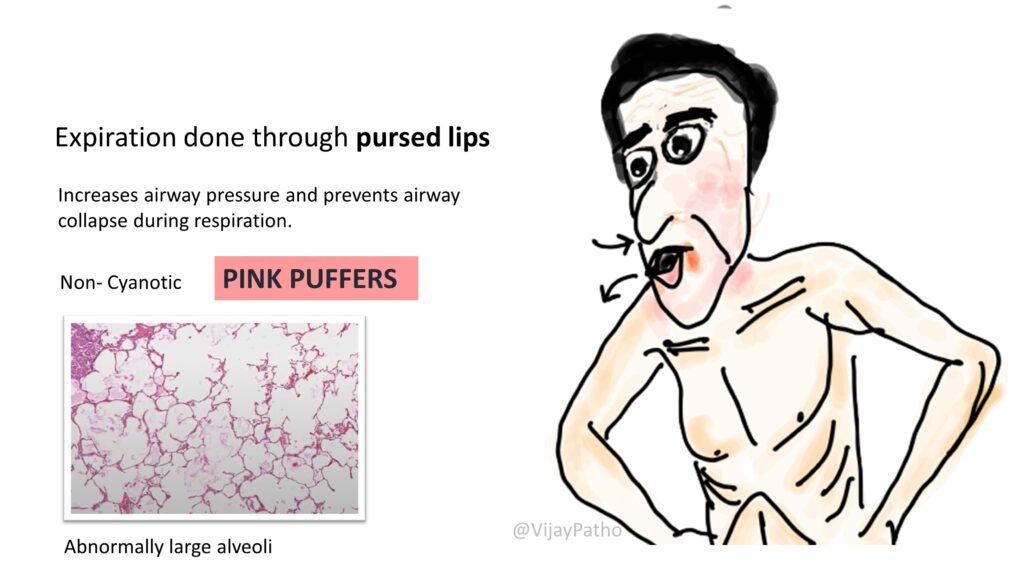
Diagnosis and Treatment
Diagnosis involves pulmonary function testing, particularly spirometry, which measures airflow. Chest X-rays may reveal lung hyperinflation. Alpha-1 antitrypsin deficiency should be ruled out in younger patients.
While there is no cure for emphysema, treatment aims to manage symptoms and improve the patient’s quality of life. Bronchodilators, corticosteroids, oxygen therapy, pulmonary rehabilitation, and palliative care are common approaches.
For a more detailed understanding of emphysema, watch the video here.
In summary, emphysema is a chronic lung condition characterized by the destruction of lung tissue, leading to breathing difficulties. It is often associated with smoking and can be classified into four types. Understanding the pathogenesis, clinical features, diagnosis, and treatment options is crucial for managing this condition and improving the patient’s quality of life.

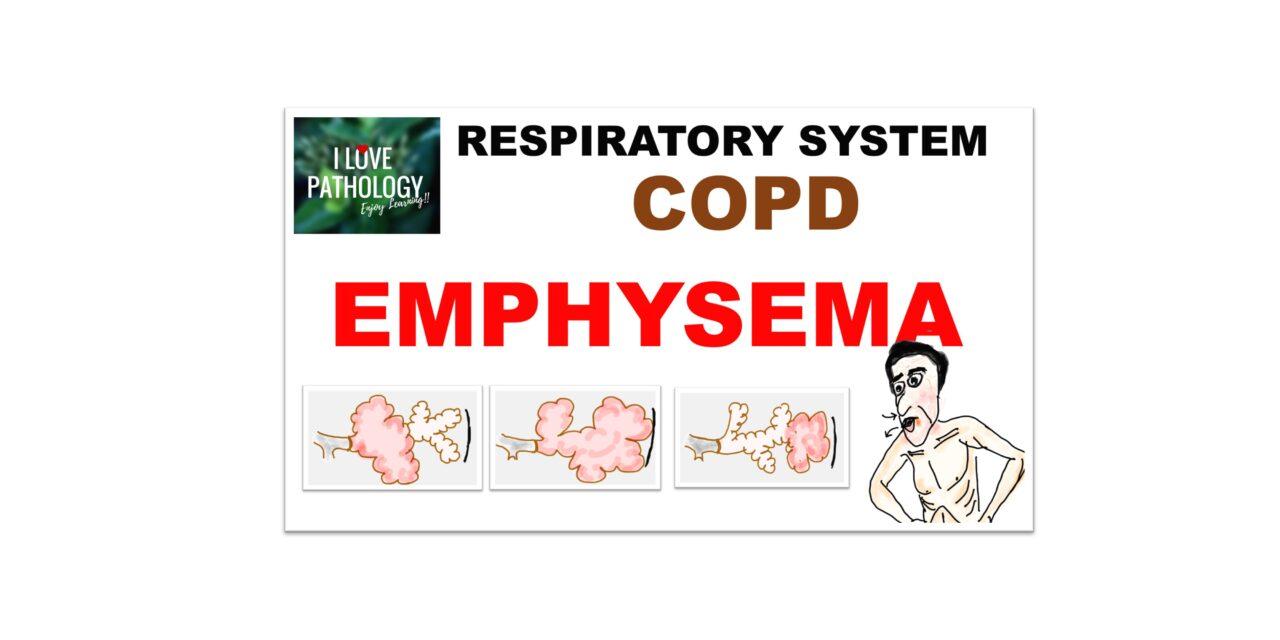
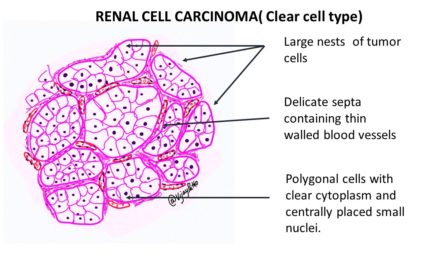
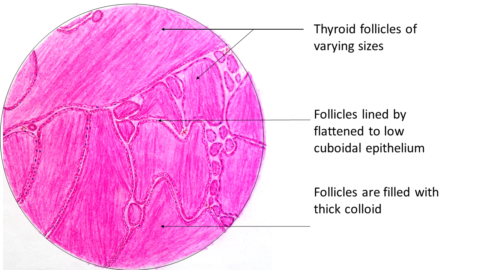
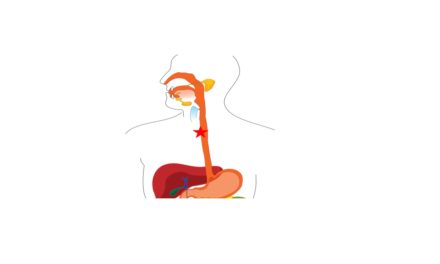
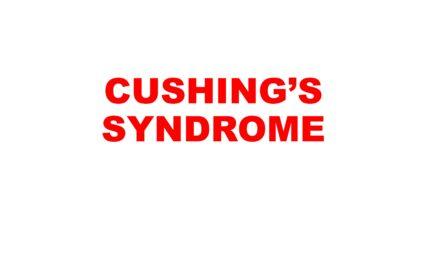





Recent Comments